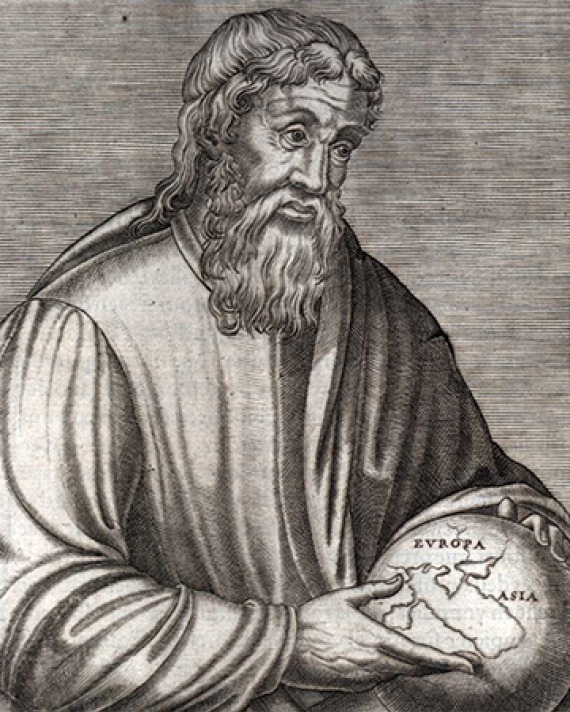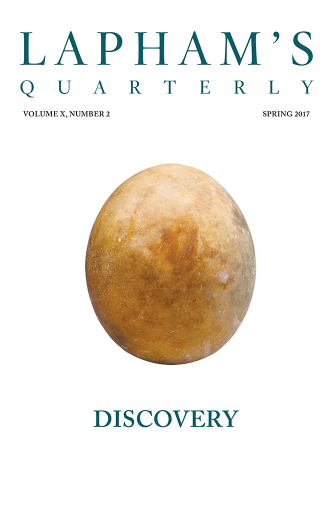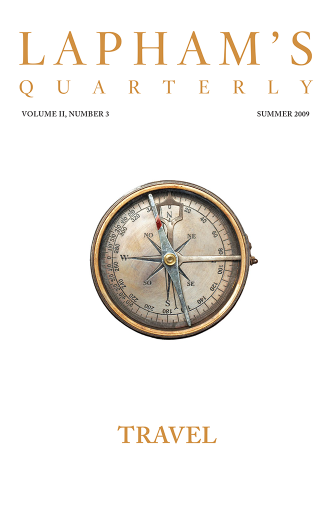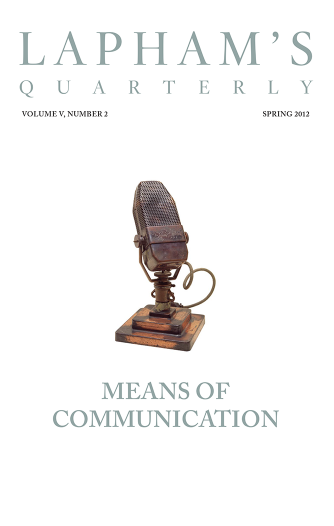
Strabo
(c. 64 BC - c. 25)
In 44 bc, when he was around the age of twenty, Strabo left his home in modern-day Turkey for a life in Rome, where he studied with various notable philosophers and grammarians, among them a friend of Cicero and a former tutor to the future emperor Octavian. He wrote a now-lost continuation of Polybius’ Histories before starting his seventeen-book Geography, which he described as a “kolossourgia,” a colossal statue of a work. Considered the Augustan Age’s foremost geographer, Strabo traveled as far east as Armenia and south to the frontier of Ethiopia, but ventured no farther west than Sardinia and never north into much of Europe.


